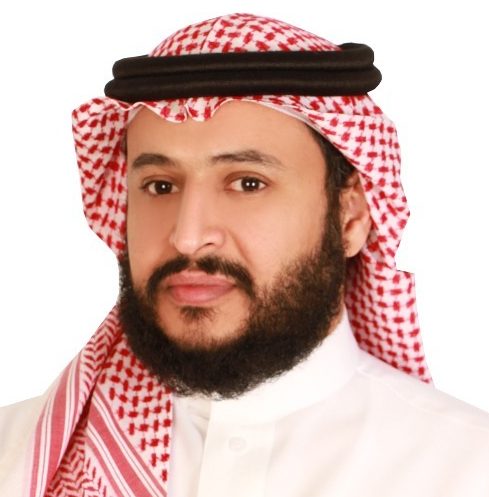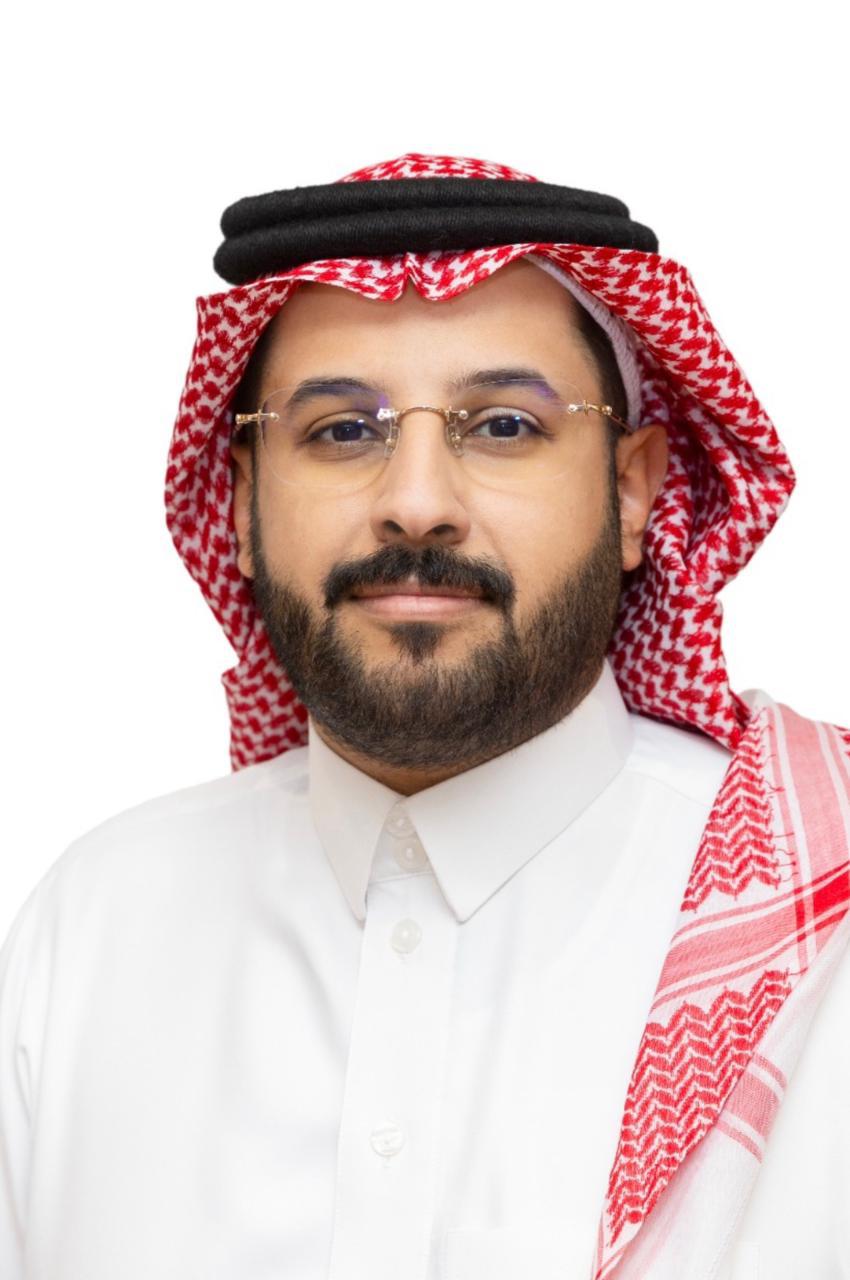Publisher: Maaal International Media Company
License: 465734
Building a Better Saudi Arabia: Vision 2030 Shaping Economy, Attracting FDI, and Ensuring Sustainable Prosperity
اقرأ المزيد
By Dr. Nasser Alshareef
Saudi Arabia’s Vision 2030 is a comprehensive roadmap and ambitious plan for the country’s economic transformation and diversification. Launched in 2016, this long-term strategy aims to reduce Saudi Arabia’s dependence on oil and develop a more sustainable and diversified economy. Foreign Direct Investment (FDI) plays a crucial role in realizing the goals of Vision 2030 and has been a key focus of the government’s efforts. Under Vision 2030, Saudi Arabia has implemented various initiatives and reforms to attract FDI and create a favorable investment environment. The government’s commitment to Vision 2030 and its various initiatives has yielded positive results in terms of FDI inflows. Saudi Arabia has seen an increase in FDI across multiple sectors, reflecting growing investor confidence in the country’s economic transformation. By leveraging FDI, Saudi Arabia aims to create job opportunities, stimulate economic growth, and build a sustainable and prosperous future beyond oil.
The Role of FDI in Vision 2030
Foreign Direct Investment (FDI) has been identified as a crucial catalyst for economic growth and development under Vision 2030. FDI brings in capital, technology, expertise, and access to international markets, contributing to job creation, knowledge transfer, and increased productivity.
Saudi Arabia has witnessed significant Foreign Direct Investment (FDI) inflows across various sectors and regions, showcasing its growing appeal as an investment destination. Some of the key sectors and regions that have attracted substantial FDI are as follows:
- Energy and Petrochemicals: Given Saudi Arabia’s position as a leading global oil producer, the energy sector continues to be a major recipient of FDI. The country’s ambitious plans to diversify its economy under Vision 2030 have also attracted investments in renewable energy projects. Additionally, the petrochemical industry has seen significant FDI inflows, with numerous joint ventures and partnerships established with international companies.
- Infrastructure and Construction: Saudi Arabia has been investing heavily in infrastructure development, including transportation, logistics, and real estate projects. The country’s mega-projects such as NEOM, Qiddiya, and the Red Sea Project have attracted substantial FDI, with international companies participating in their construction and development.
- Manufacturing and Industrial Sectors: The Saudi government has been actively promoting the manufacturing and industrial sectors as part of its economic diversification efforts. Industries such as automotive, pharmaceuticals, aerospace, and advanced manufacturing have witnessed increased FDI inflows, as international companies seek to establish production facilities and tap into the growing domestic and regional markets.
- Technology and Innovation: Saudi Arabia has been focusing on developing its technology and innovation ecosystem, aiming to become a regional hub for technology-driven industries. FDI in sectors such as information technology, telecommunications, and digital services has been significant, with the establishment of innovation hubs, technology parks, and partnerships with global tech companies.
- Administrative Regions: While the capital city Riyadh continues to be a major recipient of FDI, other regions have also witnessed notable inflows. The Eastern Province, with its vast oil and petrochemical reserves, has attracted substantial investments. Additionally, the cities of Jeddah, Dammam, and Al Khobar have emerged as key investment destinations, particularly in sectors like trade, logistics, and services.
Recently Saudi Education Minister Met with US Officials, Investors to Discuss Investment Opportunities in Education in Saudi Arabia:
Minister of Education Yousef Al-Bunyan, accompanied by a delegation, conducted a visit to the United States from February 6 to 10, 2024. During the visit:
- The Minister met with senior US officials and prominent investors.
- Several educational institutions and universities were visited to explore investment opportunities in the education sector in Saudi Arabia.
- The main objectives of the visit were to enhance scientific, education, and research cooperation between the two countries, learn from international best practices in early childhood education and special needs education, and attract foreign investment in public and graduate education.
- At the University of Chicago, discussions were held with college deans to explore collaboration in research, innovation, and the establishment of independent schools.
- Meetings took place with US officials from the Department of State and the Department of Education to discuss developments in the Kingdom, particularly in the areas of economy, investment, and education.
- The Minister shared plans to improve school curricula, focus on 21st-century skills, promote global citizenship, and emphasize peace, tolerance, and diversity.
- Efforts to increase private sector involvement in delivering high-quality education services and providing development opportunities for teachers were highlighted.
- A forum on investment in education in Saudi Arabia was held in Washington, attended by over 150 investors, US universities, institutions, and companies, as well as representatives from Saudi government entities and investors. The forum aimed to present investment opportunities and address inquiries about establishing branches of American schools and universities in the Kingdom.
- Meetings were held with the president of Arizona State University, representatives from Gallaudet University and the National Technical Institute for the Deaf, and officials from the Middle East Policy Council and the Educational Testing Services.
- In New York City, the Minister met with officials from financing companies, educational technology companies, and US investors to showcase investment opportunities in Saudi Arabia’s education sector.
- The Minister also engaged with Saudi students on scholarships in Chicago and Washington, briefing them on the objectives of the Custodian of the Two Holy Mosques scholarship program and highlighting developments in various fields in the Kingdom.
Initiatives to Attract FDI
To attract FDI, Saudi Arabia has implemented several initiatives and reforms under Vision 2030. These include:
Ease of Doing Business: The government has taken significant steps to improve the business environment and make it more attractive to international investors. This includes streamlining bureaucratic procedures, simplifying regulations, and enhancing transparency.
Investor-Friendly Regulations: Saudi Arabia has introduced investor-friendly regulations to protect the rights of foreign investors and provide them with a level playing field. The government has also established specialized courts to handle commercial disputes and enforce contracts.
Privatization and Public-Private Partnerships: The privatization of state-owned enterprises and the promotion of public-private partnerships have been key initiatives to attract FDI. This allows for private sector participation in various sectors, including energy, infrastructure, and healthcare.
Special Economic Zones (SEZs): The establishment of Special Economic Zones has been a major step in attracting FDI. These zones offer various incentives, such as tax exemptions, relaxed regulations, and access to world-class infrastructure, to encourage investment in specific sectors and regions.
Sector-Specific Initiatives: Saudi Arabia has identified several key sectors for investment, including tourism, entertainment, renewable energy, and technology. The government has launched specific initiatives and programs to attract FDI in these sectors, such as the Red Sea Project, NEOM, and the National Industrial Development and Logistics Program.
Diversification of the Economy: By diversifying its economy, Saudi Arabia aims to create new opportunities for investment. This includes developing industries beyond oil, such as manufacturing, logistics, finance, and entertainment.
The Ministry of Investment has recently released a comprehensive report on foreign direct investment (FDI) statistics in Saudi Arabia. This report provides detailed insights into FDI trends based on economic activities and administrative regions, using a new and improved methodology for calculating FDI. The updated methodology adheres to the highest standards of accuracy and reliability, as outlined in the Balance of Payments (BOP) and the International Investment Position (IIP) statement of the International Monetary Fund (IMF). It involves a meticulous analysis of companies’ financial statements, considering equities, debts, and receivables between the company and its affiliates, sister companies, and parent companies abroad. This analysis includes credit and debit balances, loans, and distributions. The data from the report reveals that FDI net inflows to Saudi Arabia witnessed a significant growth of 21% year-on-year (YoY), amounting to approximately SAR 105.2 billion in 2022. This increase in FDI inflows has propelled the Kingdom to the tenth position among the G20 nations in terms of FDI net flows for the year 2022. Additionally, Saudi Arabia ranked 16th in terms of FDI balance in the same year. The Kingdom’s economy experienced a 16% YoY surge in FDI flows in 2021, reaching SAR 762 billion. The report highlights that gross inflows surpassed the objectives set by the National Investment Strategy (NIS) by an impressive 101%, amounting to SAR 61 billion. These FDI statistics demonstrate the success of investment policies implemented to attract investment across various economic sectors and administrative zones within Saudi Arabia. The adoption of the new methodology for calculating FDI represents a crucial step towards improving data quality and transparency. It serves to support the development of the investment system, ultimately contributing to economic diversification and the achievement of NIS objectives.
By 2022, the sector that received the highest FDI net flows was transport and storage, amounting to SAR 52.2 billion. This sector accounted for 15% of the total FDI balance, reaching SAR 112.6 billion. At the end of 2022, manufacturing activities made the most significant contribution to the overall FDI balance. It accounted for 31% of the total, equivalent to SAR 239 billion. According to the available data, the Eastern Province emerged as the region with the highest FDI balance in 2022, reaching SAR 300.6 billion. It was followed by Riyadh and Makkah, which recorded FDI balances of SAR 238.9 billion and SAR 111.8 billion, respectively (Source: Argaam.com).
Positive Impact of FDI on Saudi Arabia’s Economy
The efforts to attract FDI under Vision 2030 have yielded positive results for Saudi Arabia’s economy. The country has witnessed a significant increase in FDI inflows across various sectors. This increase reflects growing investor confidence in Saudi Arabia’s economic transformation and the government’s commitment to creating a favorable investment environment.
- MISA Releases Detailed FDI Statistics, Showcasing Saudi Arabia’s Success in Attracting Global Investments: Riyadh, Saudi Arabia – The Ministry of Investment Saudi Arabia (MISA) has recently released, for the first time, a comprehensive set of Foreign Direct Investment (FDI) statistics. These statistics provide detailed insights into FDI inflows by economic activities, administrative regions, and investing countries, all based on a new methodology. This significant development marks a major step towards enhancing the quality and transparency of data, ultimately supporting the improvement of the investment ecosystem and diversification of the Saudi Arabian economy.
- The new FDI statistics, which reflect the success of Saudi Arabia in attracting global investments, have revealed promising figures. In 2022, FDI inflows as a percentage of the country’s Gross Domestic Product (GDP) reached an impressive 3%, surpassing the target set by the National Investment Strategy (NIS) for the year. This achievement underscores Saudi Arabia’s increasing appeal as an investment destination.
- Notably, among the G20 countries, Saudi Arabia ranked third in terms of FDI stock growth in 2022, solidifying its position as an attractive hub for international investment. Additionally, the Kingdom ranked seventh in terms of FDI net inflow growth for the same year. These rankings are indicative of the favorable investment climate and the government’s commitment to creating an environment conducive to foreign investment.
- The improved data transparency and quality resulting from the new methodology used by MISA will further strengthen Saudi Arabia’s position as a global investment powerhouse. It will attract more investors, boost investor confidence, and foster a thriving investment ecosystem. These developments align with the country’s Vision 2030, a comprehensive plan aimed at diversifying the Saudi economy and reducing its reliance on oil.
Conclusion
Saudi Arabia’s Vision 2030 aims to transform the economy and society, with Foreign Direct Investment (FDI) playing a crucial role. The government has implemented reforms to attract FDI, such as improving the business environment and privatizing state-owned enterprises. Minister of Education Yousef Al-Bunyan’s visit to the United States facilitated collaboration and investment opportunities in education, aligning with Vision 2030’s goals. These efforts position Saudi Arabia as a hub for investment and economic diversification. FDI has positive impacts on job creation, economic growth, knowledge transfer, infrastructure development, and economic diversification. With ongoing FDI attraction, Saudi Arabia is well-positioned to achieve its economic transformation goals under Vision 2030.
*Dr. Nasser Alshareef,
Advisor-General Department of Investment and Privatization, Ministry of Education (MoE), Saudi Arabia
Twitter: https://twitter.com/DrNasserAlshar1






